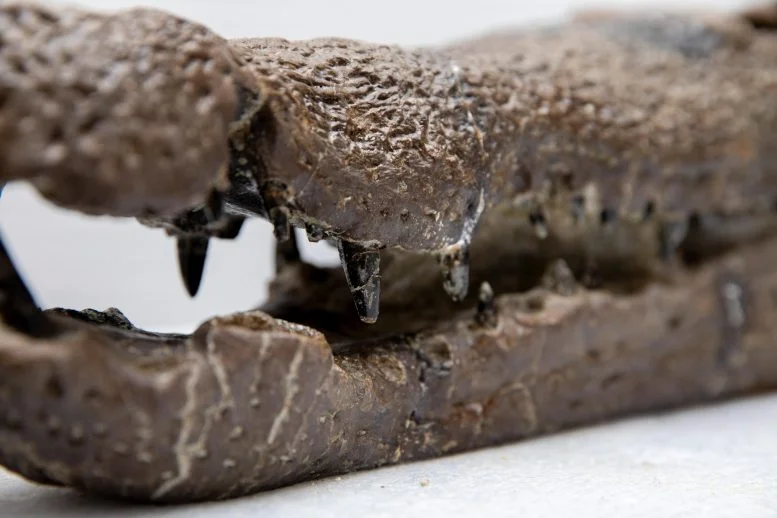
Unveiling the Secrets of Crocodylians: Survivors of Mass Extinctions
Crocodylians, often perceived as prehistoric remnants of a bygone era, continue to intrigue scientists and wildlife enthusiasts alike. A recent study sheds light on these remarkable creatures that have survived two major mass extinction events, underscoring their adaptive prowess.
The study, led by researchers from the University of Central Oklahoma and the University of Utah, reveals that crocodylians, which include today’s crocodiles, alligators, and gharials, are just the tip of the iceberg. Their ancestors, part of a lineage known as crocodylomorphs, thrived alongside dinosaurs over the past 230 million years. But what sets them apart in the survival race?
According to Keegan Melstrom, the lead author of the study, their ecological flexibility has been a significant factor in their survival. “Lots of groups closely related to crocodylians were more diverse and abundant, yet they all disappeared except these few generalist crocodylians alive today,” Melstrom stated, highlighting the unique niche these creatures have carved in the animal kingdom.
This research, published in the journal Palaeontology, breaks ground by reconstructing the dietary ecology of crocodylomorphs, revealing that their ability to exploit a range of habitats and food sources has been key to their perseverance through Earth's tumultuous history. Living crocodylians are semi-aquatic ambush predators, but their ancient relatives displayed a diverse array of ecological roles, adapting to a variety of diets from small animals to larger prey.
Melstrom’s team examined a vast array of fossilized specimens across continents, which included analyzing the shape of skulls and teeth to determine dietary habits. This extensive examination allowed them to explore how crocodylians have adapted over time and to understand why many of their relatives did not survive major extinction events.
Interestingly, the decline of specialized crocodylomorphs during the Late Cretaceous hints at another intriguing turning point in their evolutionary history. The study posits that flexibility in diet helped some crocodylians avoid extinction while other groups perished.
While crocodylians are resilient, the current sixth mass extinction—driven largely by human activities—presents unprecedented challenges. With habitat destruction and poaching threatening their survival, conservationists underscore the importance of preserving their natural habitats. The lessons from the crocodylians’ past might inspire efforts to protect these incredible creatures moving forward.
As we marvel at the evolutionary success of crocodylians, it raises a pivotal question: What can modern conservation efforts learn from their survival strategies? By engaging with this question, enthusiasts and researchers alike can contribute to a future where these remarkable animals continue to thrive amid changing ecosystems.
We encourage readers to share their thoughts on crocodylians and their significance in today’s ecological landscape. What do you think makes these creatures so resilient? Leave your comments below!